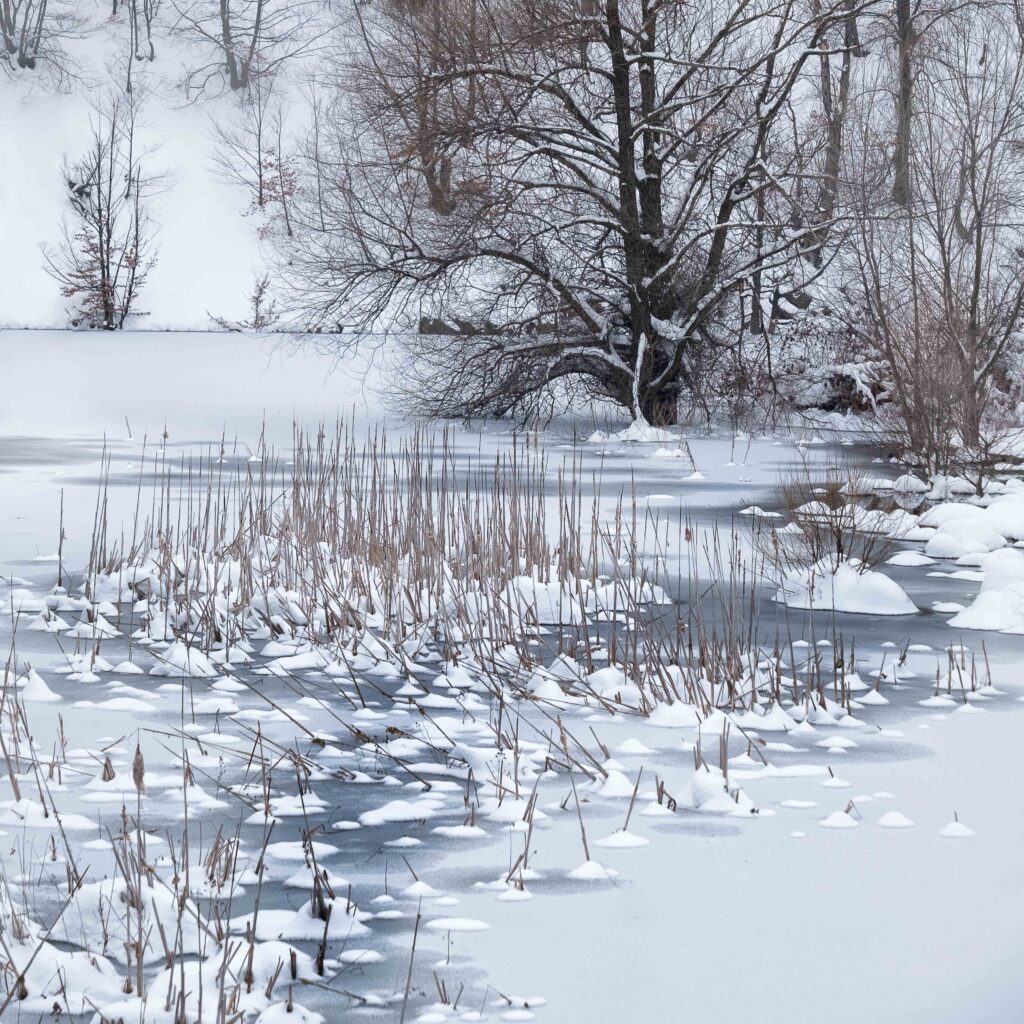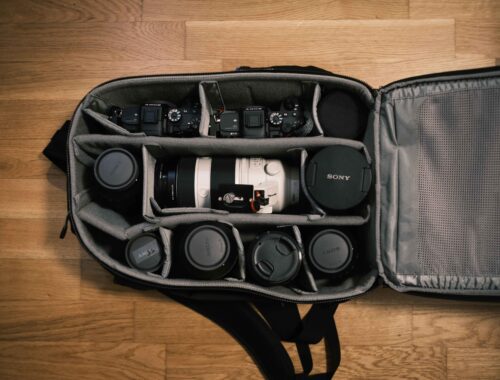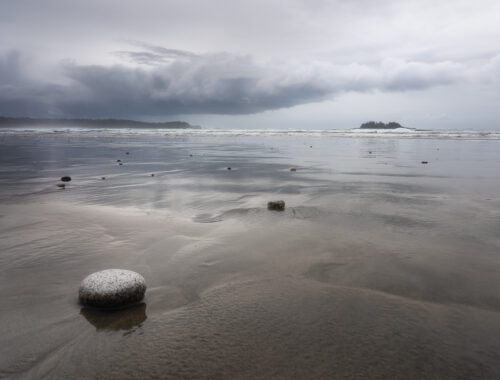
Embracing Different Aspect Ratios: Rethinking the Standard for Landscape Photography

During the age of analog photography, the aspect ratio of an image was primarily determined by the film type. A 6:6 medium format would yield a square format, an 8:10 camera resulted in a 4:5 aspect ratio, and 35mm cameras like the Leica produced images with a 3:2 aspect ratio. Although post-shoot cropping was an option, it was seldom employed.
How Aspect Ratio Shapes Your Image
The aspect ratio of an image, which largely determines its final look, is predominantly a decision made pre-shoot. The photographer often composes and balances their image with a specific aspect ratio in mind. In fact, in only about 5 percent of situations is the aspect ratio adjusted during post-processing.
If you’re using a Full-frame or APC-sized digital camera, you’re dealing with a native aspect ratio of 3:2.
This format was introduced by Leica back in 1925 for its M-line cameras, which revolutionized photography with their compact sizes and ability to produce large prints. While this aspect ratio might be well-suited for portraits, documentaries, reportage, or street photography, does it hold the same effectiveness for landscape photography?
Historically, landscape photographers primarily used large format or medium format cameras with 8:10 or 6:6 films, translating to 4:5 or 1:1 aspect ratios. Some contemporary landscape photographers, such as Michael Kenna, who uses a Hasselblad 500cm, exclusively employ these aspect ratios.
Rethinking the Native Aspect Ratio for Landscape Photography
The universal native aspect ratio of 3:2 may not be the best fit for landscape photography. Especially for vertical images, the 4:5 ratio tends to work more effectively. The 3:2 ratio often results in an image that feels overly narrow and lengthy. While it may occasionally suit horizontal shots depending on the composition, it isn’t always ideal.
Frequently Asked Questions
- What is aspect ratio in photography?
The aspect ratio of an image is the ratio of its width to its height. It significantly impacts the image’s composition and overall look. - Why should I consider changing the native aspect ratio for landscape photography?
The 3:2 aspect ratio, although common, may not always be the best choice for landscape photography. Depending on the composition, different aspect ratios such as 4:5 or 1:1 may be more effective. - Can I change the aspect ratio after shooting the image?
Yes, you can change the aspect ratio during post-processing. However, it is typically best to compose the image with a specific aspect ratio in mind.
Conclusion
While the 3:2 aspect ratio has become a standard in photography, it may not be the ideal choice for all genres, particularly landscape photography. Exploring different aspect ratios could open new creative avenues and enhance your landscape photographs.




